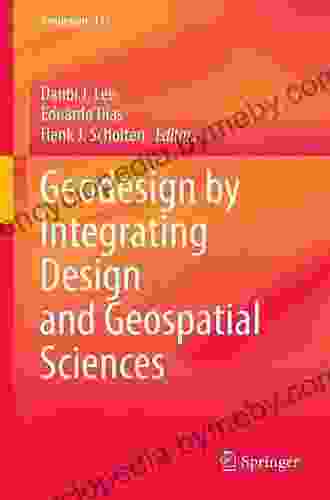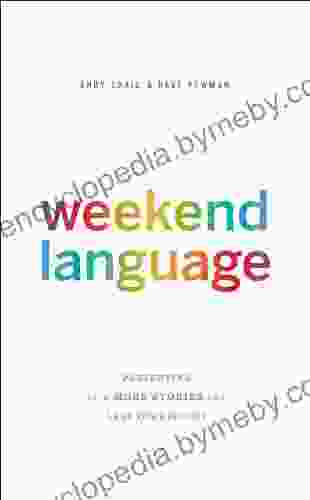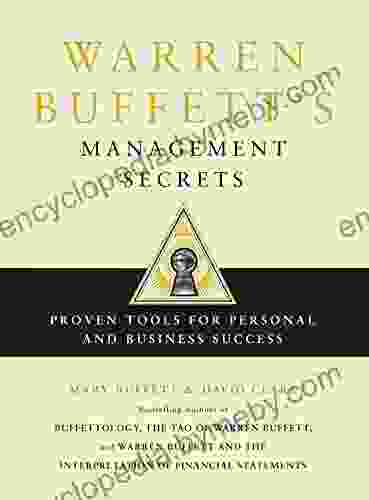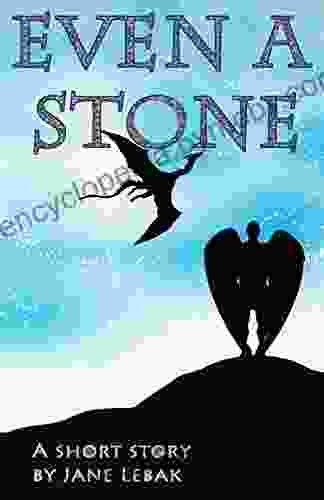Geodesign: Integrating Design and Geospatial Sciences

What is Geodesign?
Geodesign is a new and emerging field that integrates design and geospatial sciences. It is a process that uses geospatial data and tools to inform and improve the design of the built environment. Geodesign can be used to create a wide range of projects, from urban plans to landscape designs.
5 out of 5
| Language | : | English |
| File size | : | 22473 KB |
| Text-to-Speech | : | Enabled |
| Screen Reader | : | Supported |
| Enhanced typesetting | : | Enabled |
| Word Wise | : | Enabled |
| Print length | : | 615 pages |
Why is Geodesign important?
Geodesign is important because it helps us to create more sustainable and resilient communities. By using geospatial data to understand the complex relationships between the natural and built environment, we can make better decisions about how to design and develop our communities.
Geodesign can also help us to address a wide range of challenges, such as climate change, population growth, and resource scarcity. By using geospatial data to identify and analyze these challenges, we can develop more effective strategies to address them.
How can I use Geodesign?
Geodesign can be used by a wide range of professionals, including architects, planners, landscape architects, and engineers. It can also be used by students, researchers, and community members.
There are a number of different ways to use geodesign. One common approach is to use geospatial data to create a 3D model of the project area. This model can then be used to visualize the project and to analyze its potential impacts.
Another common approach is to use geospatial data to create a series of maps. These maps can be used to communicate the results of the design process to stakeholders.
What are the benefits of using Geodesign?
There are a number of benefits to using geodesign. These benefits include:
* Improved decision-making: Geodesign helps us to make better decisions about the design of the built environment. By using geospatial data to understand the complex relationships between the natural and built environment, we can identify and avoid potential problems. * Increased sustainability: Geodesign helps us to create more sustainable communities. By using geospatial data to understand the environmental impacts of our designs, we can make choices that minimize our impact on the planet. * Enhanced resilience: Geodesign helps us to create more resilient communities. By using geospatial data to identify and analyze risks, we can develop strategies to mitigate these risks and make our communities more resilient to future shocks.
Geodesign is a powerful tool that can be used to create more sustainable, resilient, and livable communities. By integrating design and geospatial sciences, we can make better decisions about the design of the built environment and create a better future for ourselves and our children.
Free Download your copy of Geodesign today!
Geodesign: Integrating Design and Geospatial Sciences is available now from Our Book Library and other major booksellers.
Free Download your copy today!
5 out of 5
| Language | : | English |
| File size | : | 22473 KB |
| Text-to-Speech | : | Enabled |
| Screen Reader | : | Supported |
| Enhanced typesetting | : | Enabled |
| Word Wise | : | Enabled |
| Print length | : | 615 pages |
Do you want to contribute by writing guest posts on this blog?
Please contact us and send us a resume of previous articles that you have written.
 Book
Book Novel
Novel Page
Page Chapter
Chapter Text
Text Story
Story Genre
Genre Reader
Reader Library
Library Paperback
Paperback E-book
E-book Magazine
Magazine Newspaper
Newspaper Paragraph
Paragraph Sentence
Sentence Bookmark
Bookmark Shelf
Shelf Glossary
Glossary Bibliography
Bibliography Foreword
Foreword Preface
Preface Synopsis
Synopsis Annotation
Annotation Footnote
Footnote Manuscript
Manuscript Scroll
Scroll Codex
Codex Tome
Tome Bestseller
Bestseller Classics
Classics Library card
Library card Narrative
Narrative Biography
Biography Autobiography
Autobiography Memoir
Memoir Reference
Reference Encyclopedia
Encyclopedia Aaron Sanchez
Aaron Sanchez Rebecca Schwarzlose
Rebecca Schwarzlose Abby Hafer
Abby Hafer Abby Howard
Abby Howard Aaron Linsdau
Aaron Linsdau A Aneesh
A Aneesh Marina Jarre
Marina Jarre A Helwa
A Helwa Hannah Hinchman
Hannah Hinchman Ann Killion
Ann Killion Steve Pease
Steve Pease Adam Aarons
Adam Aarons Stephen Kuusisto
Stephen Kuusisto Ed Douglas
Ed Douglas 24th Edition Kindle Edition
24th Edition Kindle Edition A Craig Copetas
A Craig Copetas Abby Quinn
Abby Quinn Mark Elbroch
Mark Elbroch Adam Muller
Adam Muller Marcia Verduin
Marcia Verduin
Light bulbAdvertise smarter! Our strategic ad space ensures maximum exposure. Reserve your spot today!
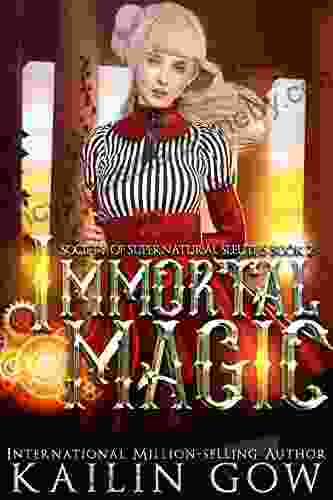
 T.S. EliotUnveiling the Enchanting World of Supernatural Sleuths: Why You Must Join the...
T.S. EliotUnveiling the Enchanting World of Supernatural Sleuths: Why You Must Join the... Gil TurnerFollow ·12.2k
Gil TurnerFollow ·12.2k Martin CoxFollow ·12k
Martin CoxFollow ·12k Quincy WardFollow ·16.7k
Quincy WardFollow ·16.7k Nikolai GogolFollow ·17.6k
Nikolai GogolFollow ·17.6k John UpdikeFollow ·15.7k
John UpdikeFollow ·15.7k E.M. ForsterFollow ·9.6k
E.M. ForsterFollow ·9.6k Lord ByronFollow ·14.2k
Lord ByronFollow ·14.2k Harry HayesFollow ·6.3k
Harry HayesFollow ·6.3k
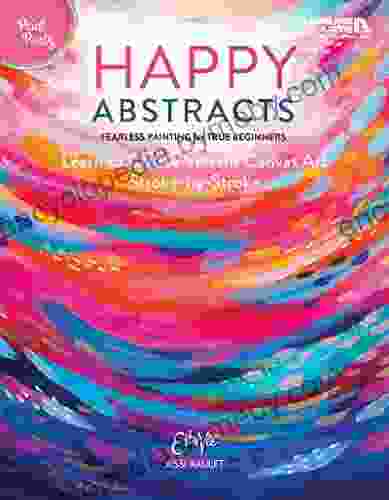
 Timothy Ward
Timothy WardFearless Painting for True Beginners: Learn to Create...
Unlock the Joy of...

 Fernando Pessoa
Fernando PessoaProven 12-Step Program for Financial Peace of Mind:...
Are you struggling with...
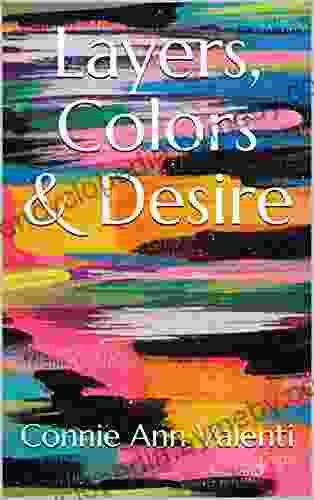
 Chinua Achebe
Chinua AchebeLayers Colors Desire: Layers Colors Thoughts Mystery
A Literary Labyrinth...
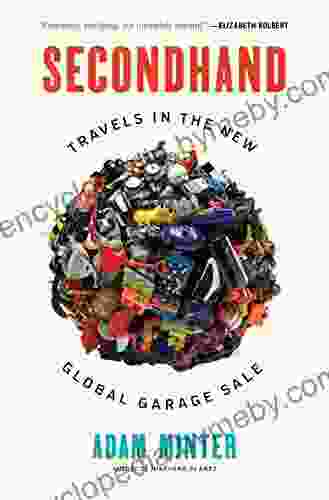
 Fernando Bell
Fernando BellUnearth Hidden Treasures: Journey Through "Secondhand...
Prepare to embark on an extraordinary...
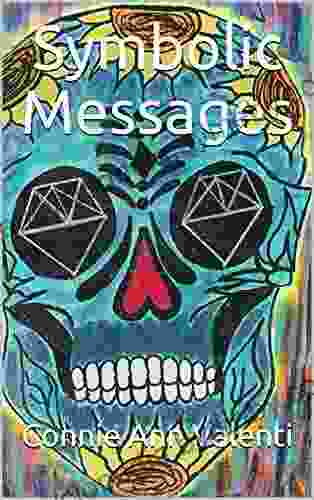
 Caleb Carter
Caleb CarterSymbolic Messages Garage Sale Mysteries: Unveiling the...
Welcome to the extraordinary world of the...
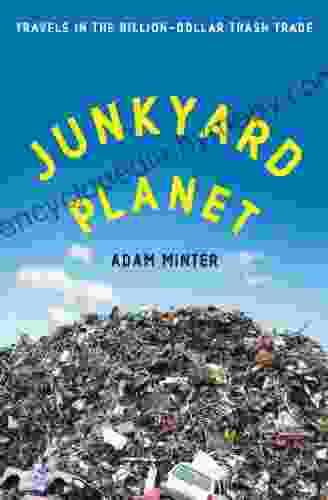
 Nikolai Gogol
Nikolai GogolTravels in the Billion Dollar Trash Trade: Uncovering the...
Ỡ In his...
5 out of 5
| Language | : | English |
| File size | : | 22473 KB |
| Text-to-Speech | : | Enabled |
| Screen Reader | : | Supported |
| Enhanced typesetting | : | Enabled |
| Word Wise | : | Enabled |
| Print length | : | 615 pages |


